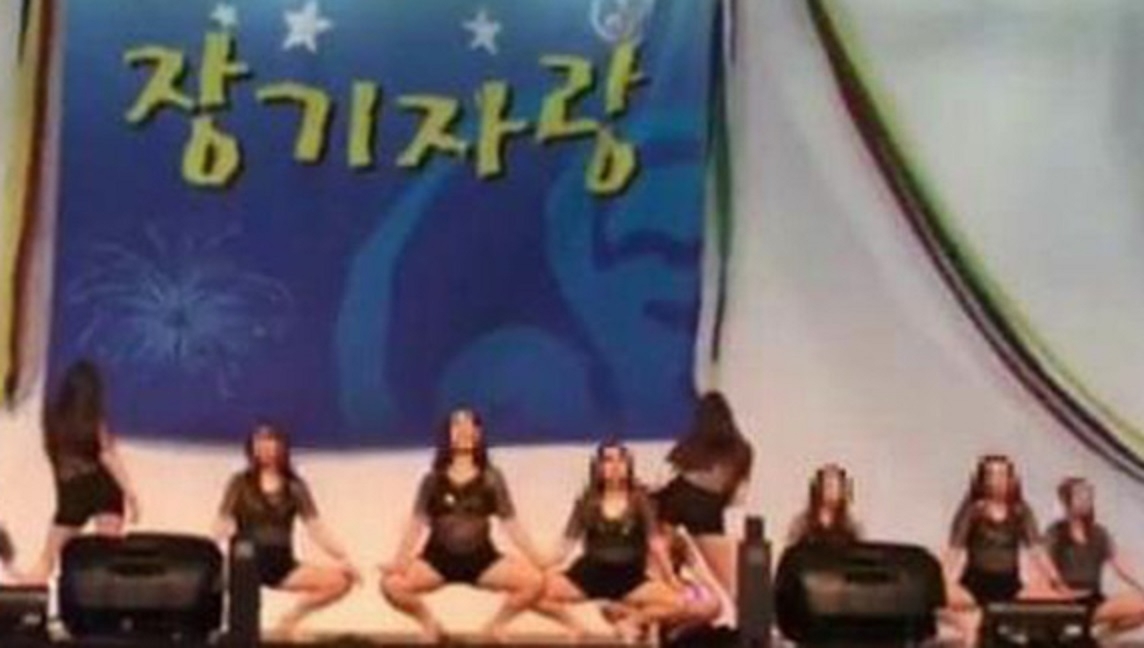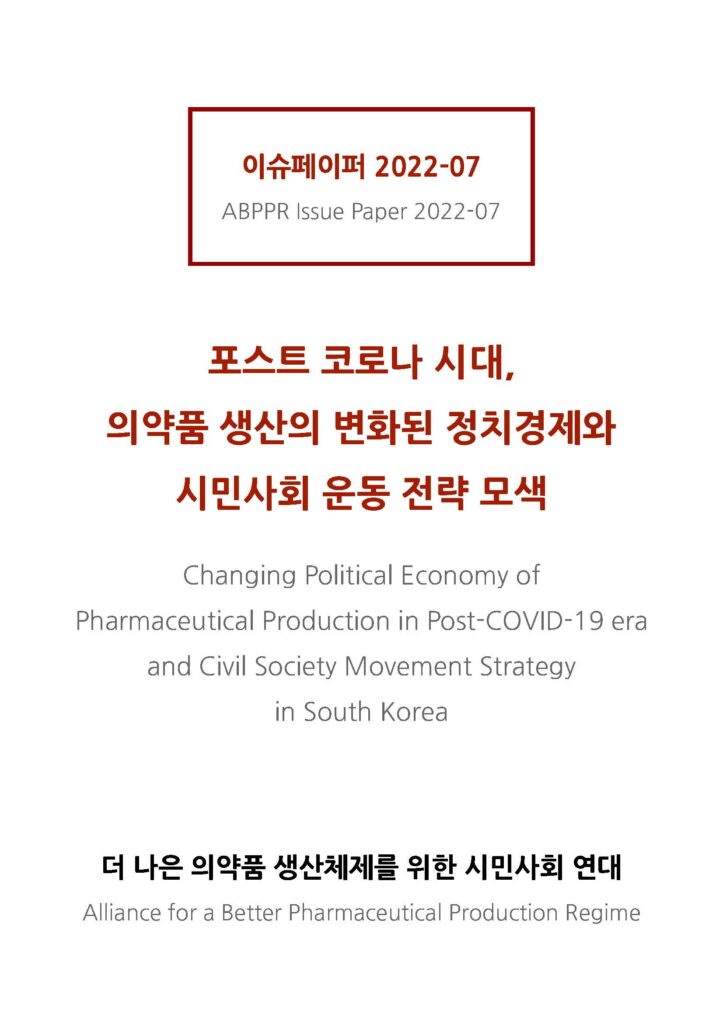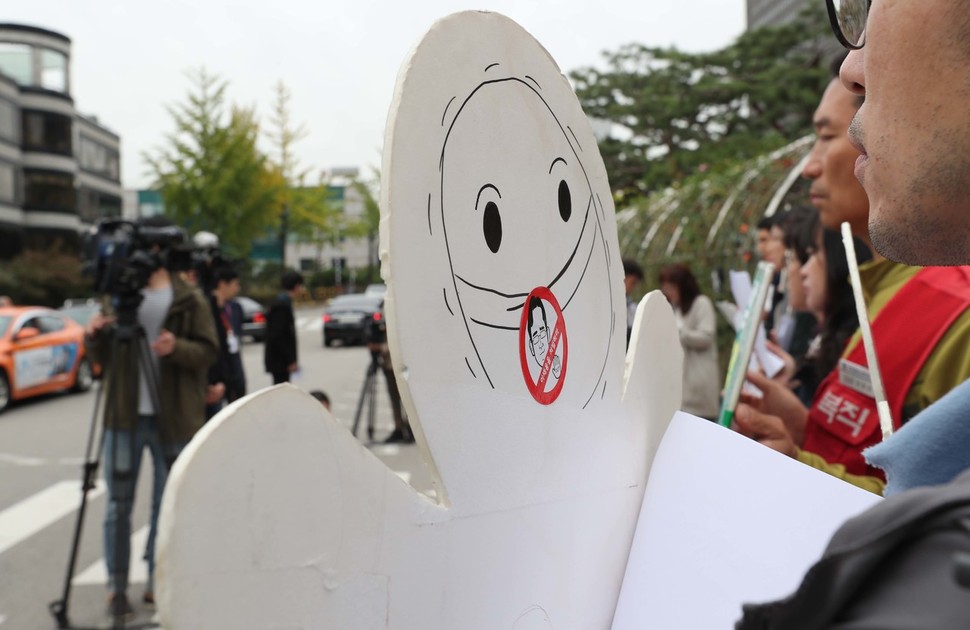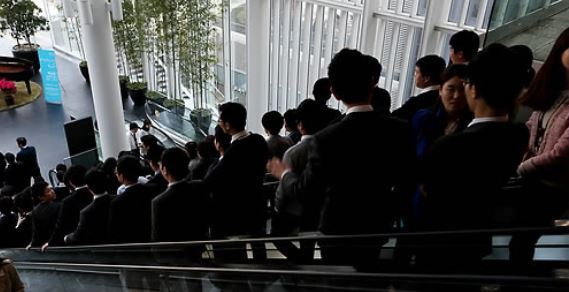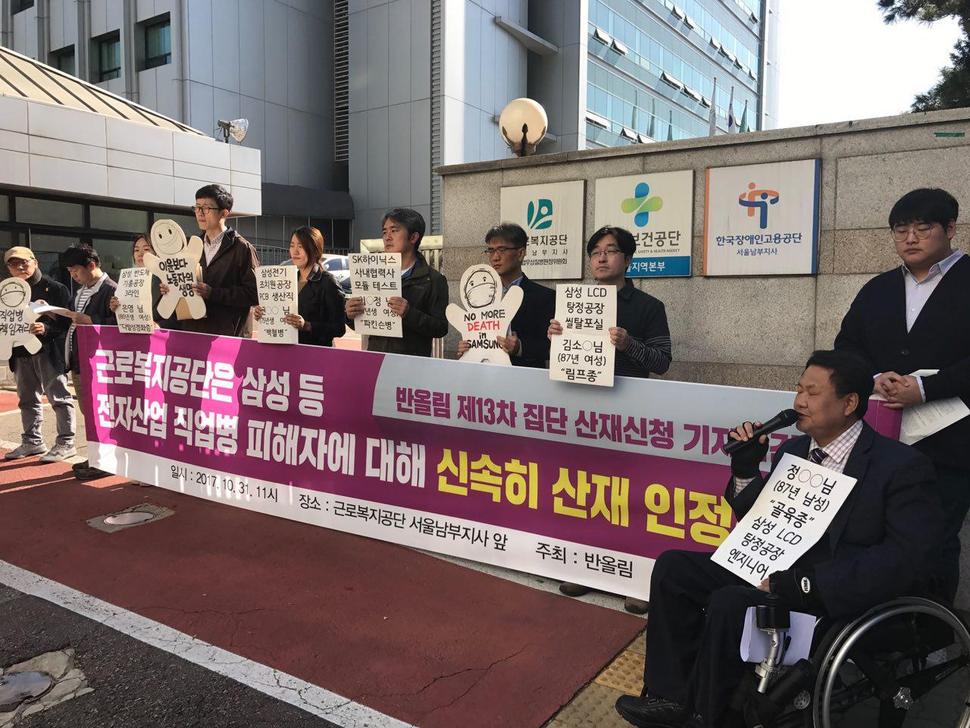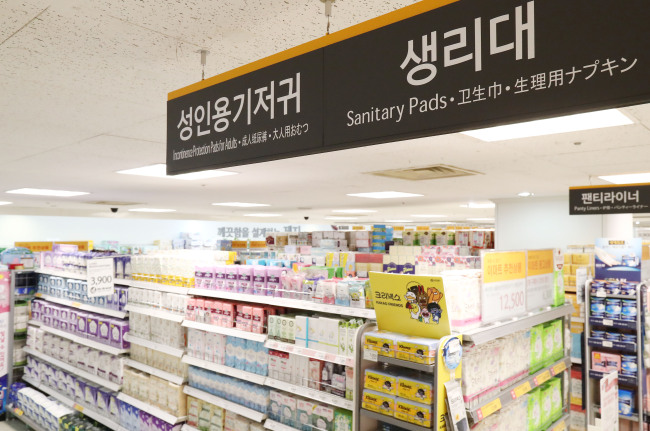#Taean_power_plant_tragedy #privatization #outsourcing_of_risk #subcontraction_worker_safety #South_Korea
“…critics are calling the accident a result of the government’s opening of the market for power plant servicing, which has led to competition for low-cost orders and the outsourcing of risk. ”
“…337 or the 346 accidents (97%) that took place over the five years from 2012 to 2016 at the five power companies (Korea Southwest Power, Korea Western Power, Korea Midland Power, Korea Southern Power and Korea East-West Power) occurred in subcontracted work. Subcontractor employees also accounted for 37 of the 40 deaths due to industrial accidents at the same companies over the nine years from 2008 to 2016, or 92%.”
Link: Original article from hankyoreh
How the privatization of public services and outsourcing of risk breeds accidents
A tragedy spawned by the outsourcing of risk claimed the life of another young subcontracting worker with the death of 24-year-old Kim Yong-gyun.
The discovery that Kim, who died on Dec. 11 after being caught in a machine at the Taean Power Station in South Chungcheong Province, was a subcontractor employee hired for a contracted position last September has prompted calls to end what many see as a vicious cycle of outsourcing critical work to irregular workers.
Operation and maintenance at the Korea Western Power Co. plant in Taean where Kim worked is performed by small private subcontractors. Korea Electric Power Industrial Development (KEPID) is responsible for the first to eighth units, while the ninth and tenth – where Kim lost his life – is handled by the Korea Engineering and Power Service (KEPS). The structure is one where the facilities belong to Korea Western Power, while the power plant’s operation is supervised by private subcontractors.KEPS, the company where Kim worked, was originally a public enterprise, but since 2014 the private equity investment company Kallista [sp.] Power Synergy has owned a 52.4% stake. Lee Seung-won, CEO of the managing company Kallista, is also CEO of KEPS.
For that reason, critics are calling the accident a result of the government’s opening of the market for power plant servicing, which has led to competition for low-cost orders and the outsourcing of risk. Members of the labor community contend that costs in non-profitable areas like servicing and safety are inevitably minimized when a private equity fund seeking maximum profits gets put in charge – as in the case of KEPS, the company where the accident occurred.
In the 1980s, power plant servicing and operation was a public monopoly under the responsibility of the Korea Electric Power Corporation (KEPCO) and its subsidiaries. But after the 1994 KEPCO KPS strike, the government spearheaded a privatization push. In the response to the strike by a KEPCO subsidiary in charge of power plant servicing, its idea was to allow the private market to provide the workforce and technology and replace the workers as needed. Ostensibly to boost the competitiveness of the small-scale private subcontractors that emerged, the government moved in 2013 to require competitive bidding for some domestic servicing volumes – the first stage of openness in power plant servicing.
“KEPS won its contract for operating and servicing coal equipment through competitive bidding with Korea Plant Service & Engineering (KPS),” explained a Korea Western Power official.“The competitive bidding was mandated by government policy,” the official said.
The government also planned for a second stage of openness with even more volumes put up for bidding, but that was put on hold with the arrival of the Moon Jae-in administration and its policies for granting irregular workers at public institutions regular worker status.
97% of power plant accidents occurred among subcontractor workers from 2012-2016
It is only a matter of time before poor safety conditions for subcontracting workers become an issue again. In April, the Korean Public Service and Transport Workers’ Union (KPTU) reported that 337 or the 346 accidents (97%) that took place over the five years from 2012 to 2016 at the five power companies (Korea Southwest Power, Korea Western Power, Korea Midland Power, Korea Southern Power and Korea East-West Power) occurred in subcontracted work.
Subcontractor employees also accounted for 37 of the 40 deaths due to industrial accidents at the same companies over the nine years from 2008 to 2016, or 92%.
Subcontractor employees often end up falling between the cracks in terms of industrial safety. The companies are small in scale, and because workers are mainly hired under one-year contracts like Kim’s, they have little opportunity to develop their skills. The labor world has focused in particular on the fact that Kim’s death occurred while he was performing dangerous work alone late at night.
“The work that Mr. Kim was engaged in was originally something that a single shift of two full-time power plant employees would perform, but the outsourcing-based restructuring of the power plants resulted in those duties being passed on to subcontractors,” the Korean Confederation of Trade Unions (KCTU) said in a Dec. 11 statement.
“Mr. Kim would not have lost his life had they merely accepted the staff increases and two-person shifts that the labor world has been consistently demanding,” it argued.

Taean Power Plant. (Korea Western Power website)
No punishment for companies employing subcontractors
According to data received from the Ministry of Employment and Labor by the office of Democratic Party lawmaker Lee Yong-deuk, a total of 28 industrial accidents resulting in the deaths of three or more people occurred between 2013 and June 2018. A total of 109 workers died in the accidents, with 93 of them (85%) employed by subcontractors. In none of the cases did the company employing subcontractors receive punishment.
The outsourcing of risk drew heavy condemnation at a press conference held by representatives of the labor world at the Press Center in Seoul’s Jung (Central) district on Dec. 11.
“When the KTX train traveling the Gangneung line derailed at 7:35 am on Dec. 8, no one was more taken aback than the employees riding on the train, but because they were affiliated with Korail Tourism Development rather than Korail itself, no one said anything to them about what the situation was or what actions were being taken,” said the group Joint Struggle for Irregular Workers.
“These incidents with the KTX derailment and the KT [communications disruption] are just examples of the outsourcing of risk,” the group argued.
The labor community stressed the need to hold the companies employing subcontractors more accountable.
“We also need to change the paradigm, for example by introducing legislation to increase company accountability and punish companies involved in major disasters,” said Choi Myeong-seon, head of KCTU’s labor safety and public health office.
By Lee Ji-hye, Choi Ha-yan and Jung Hwan-bong, staff reporters
